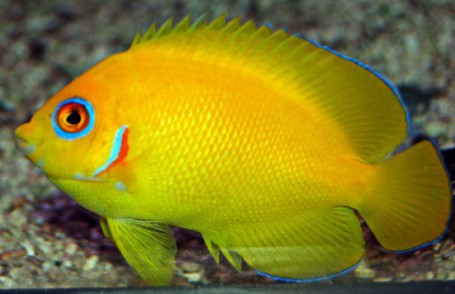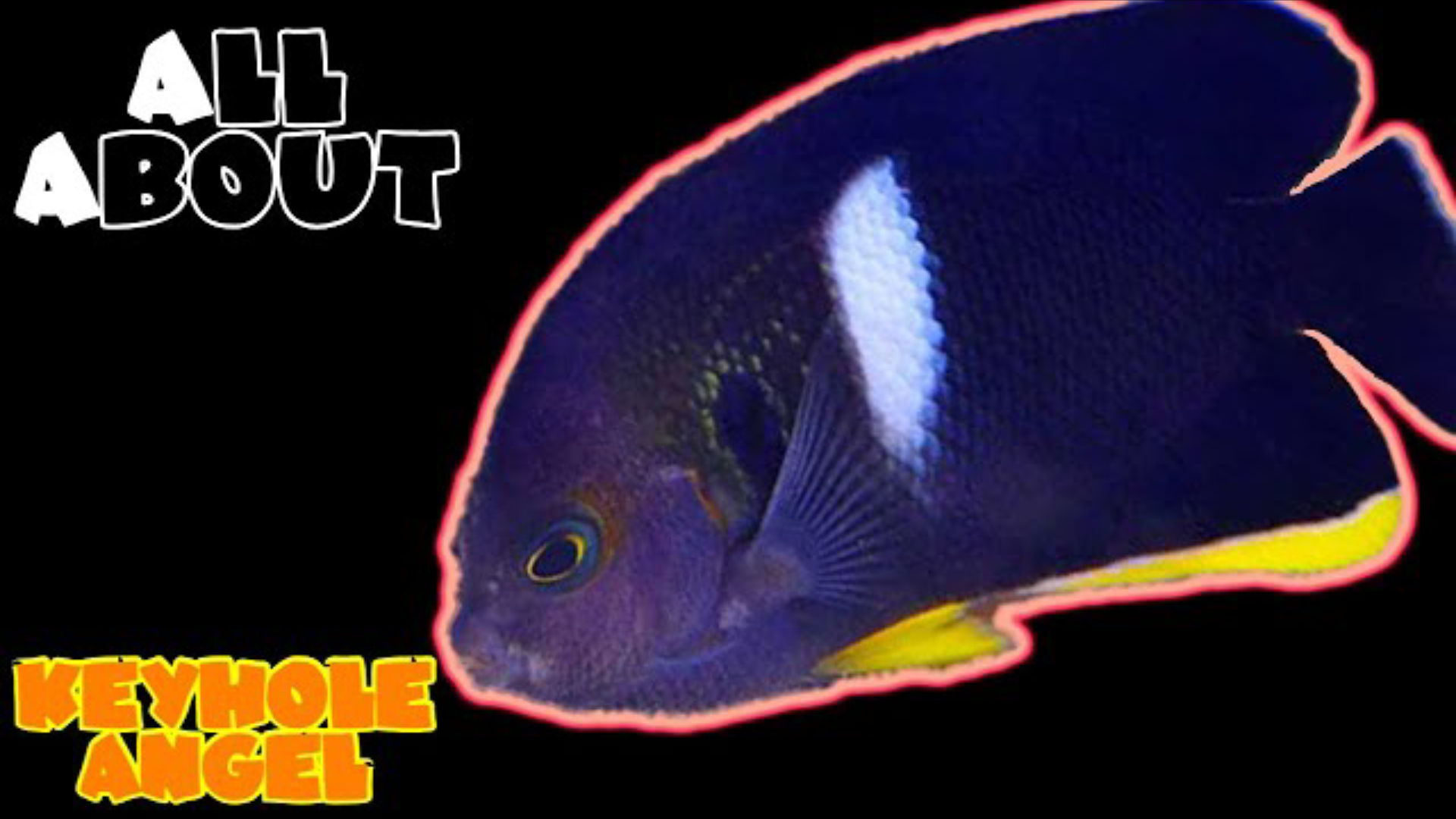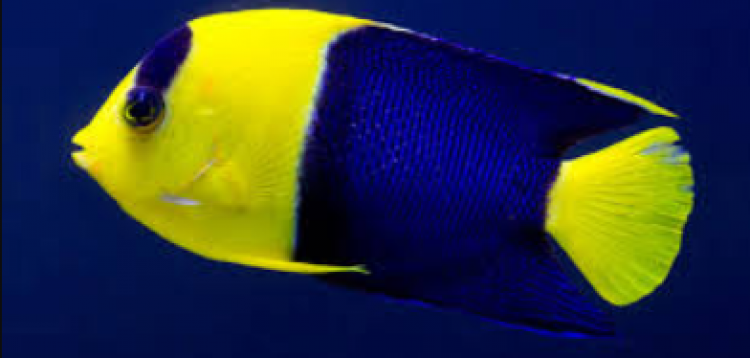- Name:
Lemonpeel Angelfish
(View AKA's) - Family: Pomacanthidae
- Species: Angel Dwarf
- Scientific Name: Centropyge flavissima


General info about Lemonpeel Angelfish
The Lemonpeel Angelfish is a cheery yellow with sky-blue highlights on the lips, encircling the eyes, on the pectoral fins, and the tips of the dorsal, caudal, and anal fins. To avoid confusion with the False Lemonpeel Angelfish (C. heraldi) that lacks the blue highlights. The Lemonpeel Angelfish requires hiding places and large amounts of live rock to graze on the microalgae growth. It is very prone to nip at large-polyped stony corals and clam mantles. The diet of the Lemonpeel Angelfish should include Spirulina, marine algae, high-quality angelfish preparations, mysis or frozen shrimp, and other meaty items. This angelfish requires more algae and seaweed in its diet than most angels.
Lemonpeel Angelfish Diet & Nutrition
Lemonpeel Angelfish feed mostly in filamentous algae but is also a known omnivore. These angels should be fed 2 to 3 times a day with a varied diet consisting of marine algae, spirulina enriched foods, frozen mysid shrimp, shaved shrimp and brine shrimp.
Determining Sex of Lemonpeel Angelfish
It is usually seen in small haremic groups of a single male and several females. The Lemonpeel Angelfish can also change sex from male to female due to their protogynous hermaphroditism. Usually it is the larger individual that becomes into a male which usually take 2 to 3 months.
Breeding & Spawning Lemonpeel Angelfish
It can be bred in captivity by putting together a larger and smaller fish in the same tank to promote reproduction, but it has been proven to be difficult for rearing larvae in tank conditions. The species also known to hybridize with Centropyge eibli and C. vrolikii.
Common Diseases with Lemonpeel Angelfish
A tank with plenty of places to hide and clean water is the best way to prevent illness for dwarf angels such as Lemonpeel angelfish. However, they are also susceptible to contract common bacterial diseases such as Cotton wool disease, Vibrio bacterial disease, and Fish tubercolosis.
Aside from bacterial diseases, angelfishes my be affected by common reef scourges such as the Crypt or White Spot Diseases and Velvet Disease. Tiny white spots on the skin of the fish is one of the tell-tale sign of infection of the Crypt while dusty golden film on the skin or the eyes of the angelfish will detect the presence of Velvet Disease.
Lemonpeel Angelfish Origin
The species is widely distributed in the Western Central Pacific region. Several recorded sites of occurrence include the Ogasawara and Ryukus Islands in Japan, Tuamotu Archipelago excluding Hawaii and Johnson Atoll, Coral Sea and the Great Barrier Reef in Australia. Several populations have also been spotted in Palau, Philippines, New Guinea and Indonesia.
Caution with Lemonpeel Angelfish
It's recommended they are not to be placed in aquariums with other genus species or docile or more passive species as they can become bullies to less aggressive species, small or larger. It is not suggested to be kept in a reef tank since it may thrive at the expense of expensive invertebrate by feeding on them.
Acclimating Lemonpeel Angelfish
Lemonpeel angelfishes can acclimatize in tanks for a minimum of 30 minutes, provided that it has plenty of live rocks for its hidiing place.
Original Detail
| Name | Species | Family | Scientific Name | More Detail | Added by |
|---|---|---|---|---|---|
| Lemonpeel Angelfish | Angel Dwarf | Pomacanthidae | Centropyge flavissima | The Lemonpeel Angelfish is a cheery yellow with sky-blue highlights on the lips, encircling the eyes, on the pectoral fins, and the tips of the dorsal, caudal, and anal fins. To avoid confusion with the False Lemonpeel Angelfish (C. heraldi) that lacks the blue highlights. The Lemonpeel Angelfish requires hiding places and large amounts of live rock to graze on the microalgae growth. It is very prone to nip at large-polyped stony corals and clam mantles. The diet of the Lemonpeel Angelfish should include Spirulina, marine algae, high-quality angelfish preparations, mysis or frozen shrimp, and other meaty items. This angelfish requires more algae and seaweed in its diet than most angels. |
PalaciosAn |



